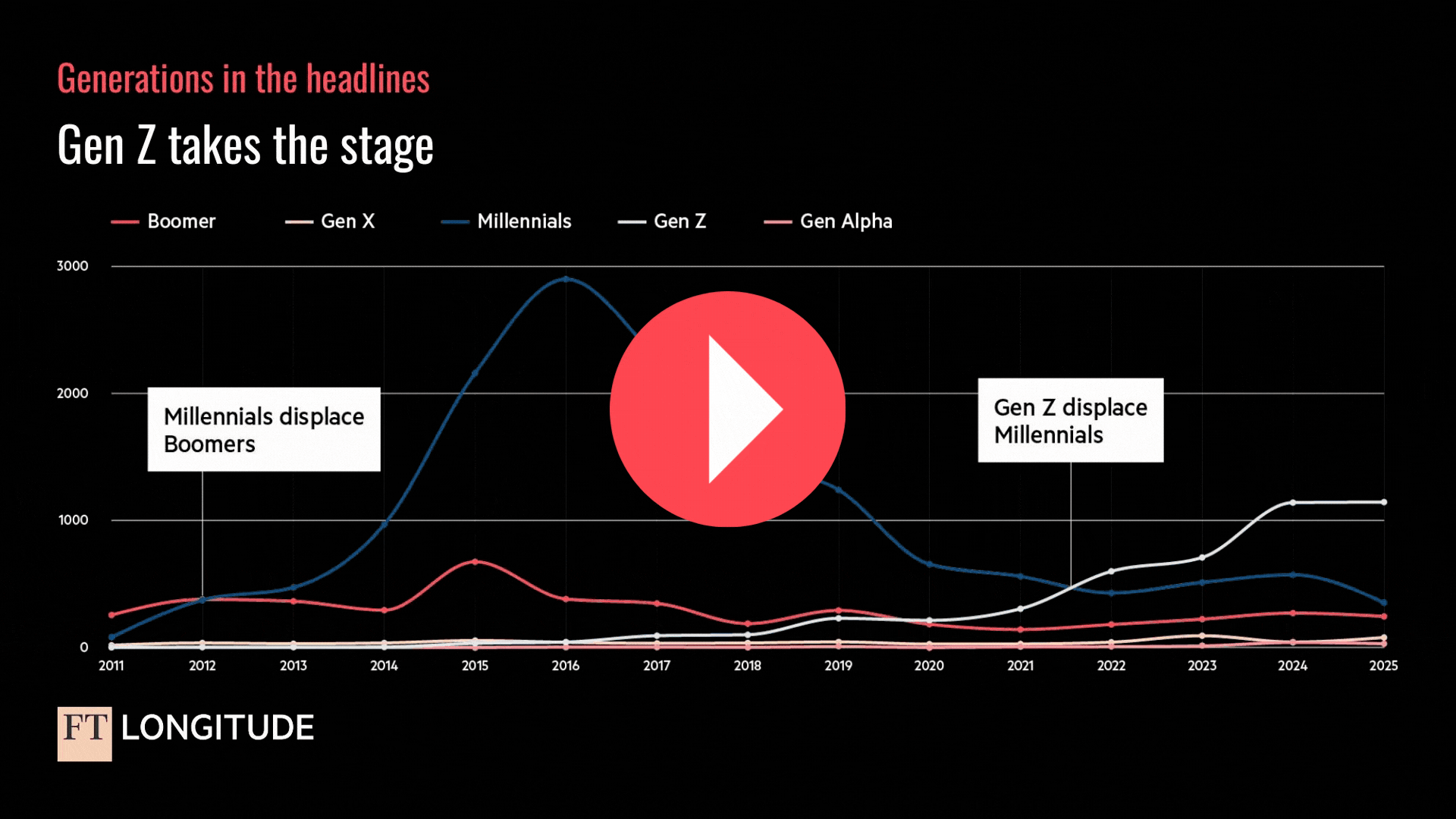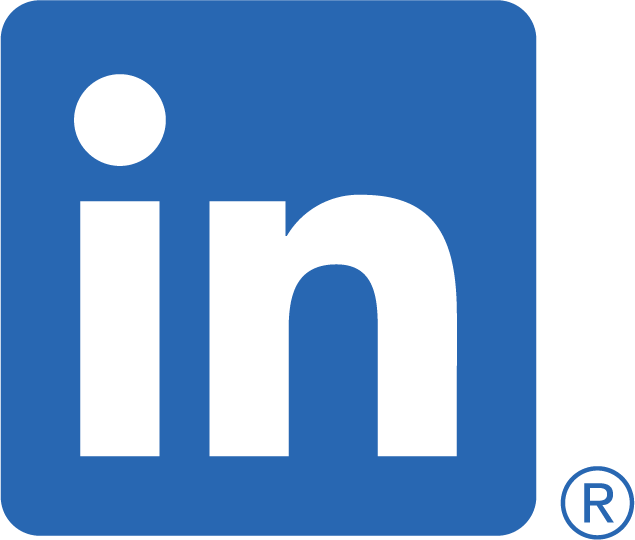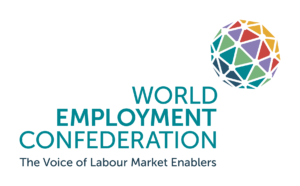
Generations are a powerful concept. They help us understand how our early life experiences define not just how we see the world but how we behave in it.
For business leaders, understanding this core truth is crucial to build meaningful connections with their workforces.
With four generations in the workplace for the first time in history, leadership and people management must be flexible, empathetic and insights-driven.
This is true no matter whether they’re starting out, switching careers, or have been in the same role for a long time.
Companies that understand and tap into this nuance will not just find it easier to create a productive and engaging work environment, they will also be better positioned to connect with different audiences in their marketing and thought leadership.
Doing the groundwork
As historian and generational expert Dr. Eliza Filby explains, generational intelligence:
“Helps us understand we’re all a product of our time and how times are constantly changing,”
Dr. Eliza Filby
The purpose analysing and understanding the modern talent pool is not to build stereotypes, but to promote empathy. With this in mind, let’s quickly explore the generations that make up today’s diverse workforce.
The generations in today’s workplace
Raised by parents who lived through the Great Depression and World War II, this generation was taught to work hard, be financially responsible and choose the future over the present. For many boomers, this has translated into a strong work ethic, long-term loyalty and a preference for traditional ways of working.
As the first to grow up with often two working parents, Gen Xers are known for their independence. At the same time, they are part of the sandwich generation, often caring for both their ageing parents and children. In the workplace, they tend to value flexibility, innovation and autonomy (nearly half of small business owners in the US belong to this cohort).
This is the largest and most educated generation. They grew up with the idea that anything was possible, but entered the job market just as the financial crisis hit. Not least, they are the last generation to know a world before the Internet. Generally, millennials are known to be very hardworking, but they’re also less loyal and more likely than previous generations to regularly switch jobs.
The youngest in the workplace, this generation came of age during Covid and is also the first to have grown up with smartphones and social media. According to Dr. Filby, this has had an enormous impact on their socialisation and overall experiences of work, with young people generally feeling more anxious about their path to success. This means they’re less tied to their jobs and are also more likely to seek out workplaces that offer a sense of belonging.
Of course, these snippets of generational insight are far from telling the full story. But there’s a wealth of research out there to help companies better understand their workforce, including this recent survey by Deloitte.

Watch our on-demand webinar to learn more about platform preferences and consumptions habits across the generations. Plus, learn the most effective tactics for how to influence them with your thought leadership.
Seeking shared perspectives
The workplace has changed profoundly in the last five years, and that’s the case for everyone. All generations have had to adapt to ongoing changes, including hybrid working and, most recently, the rise of AI. This shared experience has inevitably brought generations closer together.
For example, McKinsey found that across all age groups, the top reasons for taking a new job (compensation, career development and meaningful work) are consistent. And they all significantly value workplace flexibility.
When it comes to leadership qualities, all age groups want managers to recognise their accomplishments and build strong connections among teams. As such, leaders have a crucial role to play in closing the generational gap at work.
What business leaders can do now
Just like connecting your storytelling keeps your brand consistent in an era of audience fragmentation, leadership needs a clear strategy to ensure engagement across the multi-generational workforce. To achieve this, consider taking these steps:
Encourage collaboration
Introduce initiatives that encourage knowledge-sharing. From cross-generational mentoring (which can work both ways) to multi-generational project themes, this approach not only promotes mutual learning, but also helps to build empathy and break down stereotypes.
Improve representation
Ensure you can meet different expectations around decision-making and communication by bringing voices from all career stages into your leadership team. This will be vital to building processes (from feedback to change management) that work for everyone.
Amplify the benefits
While there are challenges, generational diversity brings many positives too, including a wealth of skill sets, rich perspectives and a better understanding of your full customer base. Using these to your advantage will set you up for success as the world continues to evolve.
Generational intelligence is a strategic asset. Research can help companies uncover deeper insights and develop their own perspectives on both the associated challenges and opportunities. This will not only lead to stronger workforces; it will also strengthen brand positioning in an increasingly crowded market.
Get in touch with us today if you’re business is looking to break the mould and create original thought leadership that sparks conversations with audiences across both generations and seniorities.
Sign up to the newsletter
We help organisations stand out, speak with authority and spark inspiration, so change can happen. That’s real intelligence with influence. Sign up to our newsletter to get regular updates.
Subscribe






 Back
Back

 Book a meeting
Book a meeting
 Book a meeting
Book a meeting


 View Jennifer’s profile
View Jennifer’s profile


